Your pet’s dental health can have a huge impact on their overall wellbeing and quality of life, yet periodontal disease in pets is preventable if addressed appropriately. Our team at Guam Pet Hospital wants to help by providing do’s and don’ts to keep your pet’s mouth healthy, so these problematic consequences can be avoided.
DO get your pet used to their mouth being handled
Teaching your pet to accept their mouth being handled will facilitate professional veterinary dental health procedures, as well as at-home dental care. Starting these practices when your pet is young is the best way to get them used to handling, but older pets can learn to accept mouth handling, too. Tips to make the process go smoothly include:
- Offer a yummy treat — Start by letting your pet lick a yummy treat, such as peanut butter or anchovy paste, from your finger.
- Touch their gums and teeth — While they are distracted by the indulgence, gently rub your finger on their teeth and gums.
- Open their mouth — Once they are comfortable with your finger in their mouth, gently open their mouth wide enough to see their back molars.
- Practice often — Repeat mouth handling sessions frequently, until your pet readily accepts the process.
DON’T ignore your pet’s bad breath
Your pet’s foul breath indicates they have periodontal disease. Most pets develop some degree of dental disease by age 3, and bad breath is a sign of the disease in all four stages.
- Stage 1 — Gingivitis is the first stage of dental disease in pets. Your pet’s gums will be red and swollen, and you may notice blood traces on your pet’s toys. No bone loss has occurred yet, and their teeth are firmly attached to the supporting structures.
- Stage 2 — Mild periodontitis is the second stage of dental disease in pets. Your pet’s gum line will start to recede at this point. Mild bone loss can be appreciated on X-rays, and less than 25% of the tooth’s supporting structures are lost.
- Stage 3 — Moderate periodontitis is the third stage of dental disease in pets. Your pet’s teeth will start to loosen at this stage. Moderate bone loss can be appreciated on X-rays, and 25% to 50% of the tooth’s supporting structures are lost.
- Stage 4 — Severe periodontitis is the fourth stage of dental disease in pets. Your pet’s teeth may fall out at this stage. Severe bone loss can be appreciated on X-rays, and greater than 50% of the tooth’s supporting structures are lost.
DO bring your pet to Guam Pet Hospital for regular veterinary dental cleanings
Dental disease in pets begins when bacteria are attracted to food particles left in your pet’s mouth, and form plaque. Minerals in your pet’s saliva cause the plaque to harden, forming tartar. The bacteria can also invade under your pet’s gum line, damaging the supporting structures of their teeth. In addition, the bacteria can be systemically spread through the bloodstream, and can damage your pet’s organs, including their heart, liver, and kidneys. A professional veterinary dental cleaning is the only way to adequately remove the bacteria from your pet’s teeth and from under their gum line, where they cause the most damage. Factors you should know about this procedure include:
- Blood work — We will do blood work, to assess your pet’s immune status, as well as their liver and kidney function.
- General anesthesia — Sharp instruments are used to perform a professional dental cleaning, and the process can be dangerous and scary for your pet. General anesthesia allows us to perform the procedure while keeping your pet safe and stress free. In addition, anesthetizing your pet allows our veterinary professionals to do a thorough and complete job.
- X-rays — Dental X-rays are needed to fully assess your pet’s dental health. Certain abnormalities can be appreciated only on X-rays, and we need these views, to ensure we address all your pet’s issues.
DON’T neglect your pet’s dental health at home
Brushing your pet’s teeth daily is the best way to keep their mouth healthy between professional dental cleanings. Your pet should readily accept this process, if you have taught them to accept their mouth being handled. Ensure you use pet-specific toothpaste, because human dental products can be dangerous for pets. Several tempting pet flavors are available, including seafood, beef, poultry, and peanut butter. Pet-specific toothbrushes with soft bristles and a small head that easily fits inside your pet’s mouth are also available. Make toothbrushing a positive experience for your pet by offering praise throughout the procedure, and giving them a treat when you are finished.
DO look for appropriate pet dental chews
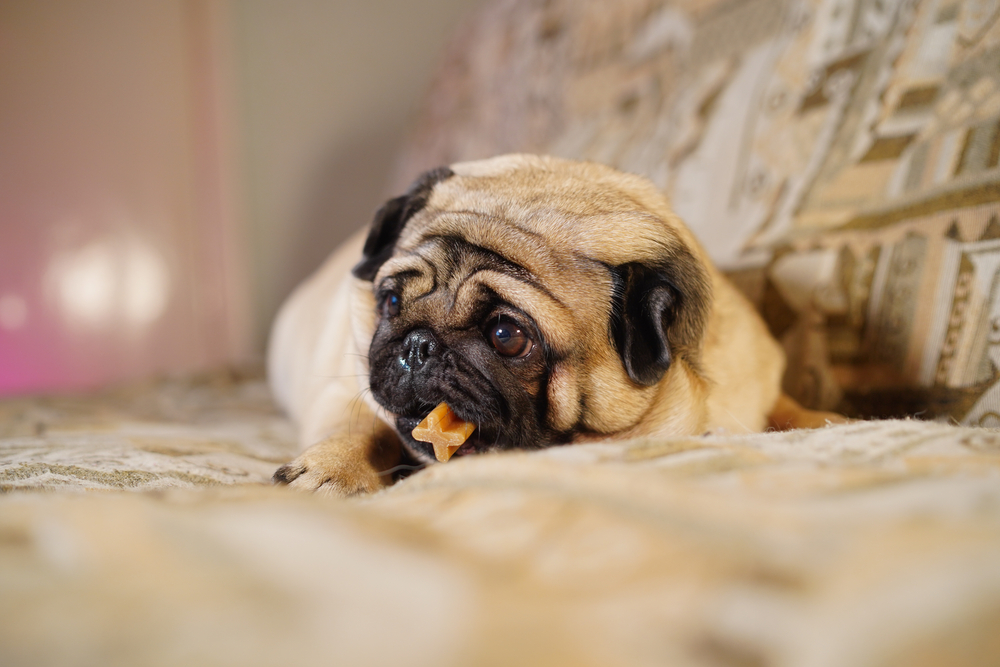
Chewing can also help remove some plaque and tartar from your pet’s teeth, but you must choose the right dental chew, to ensure your pet’s mouth isn’t injured. Hard products, such as antlers, bones, and hooves, are too hard, and can damage your pet’s mouth. The Veterinary Oral Health Council (VOHC) inspects products to ensure they are safe and effective for your pet, so look for their seal of approval when shopping for your pet’s dental chews.
You can prevent your pet from suffering from dental disease by following these do’s and don’ts. If you would like to schedule a professional veterinary dental cleaning for your pet, contact our team at Guam Pet Hospital, so we can keep their breath smelling fresh and clean.



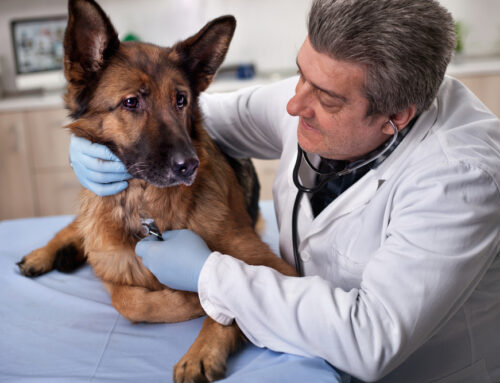
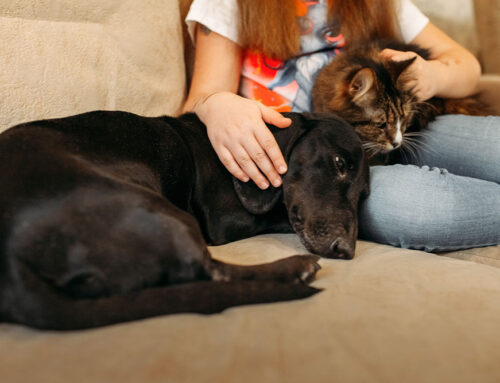
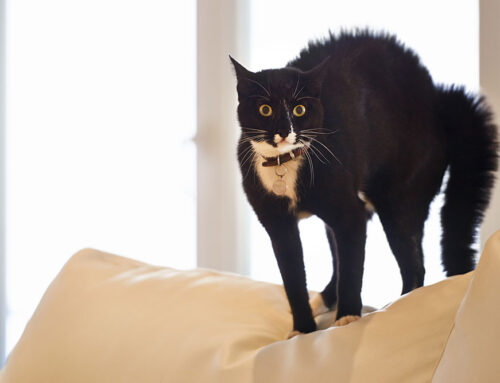
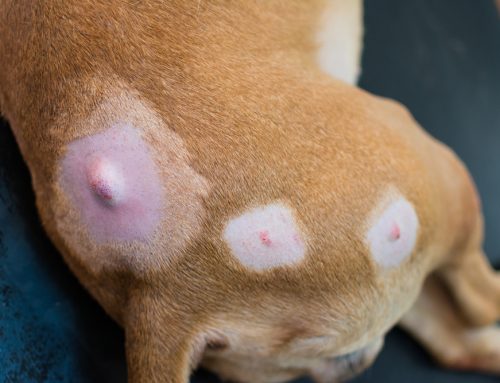

Leave A Comment